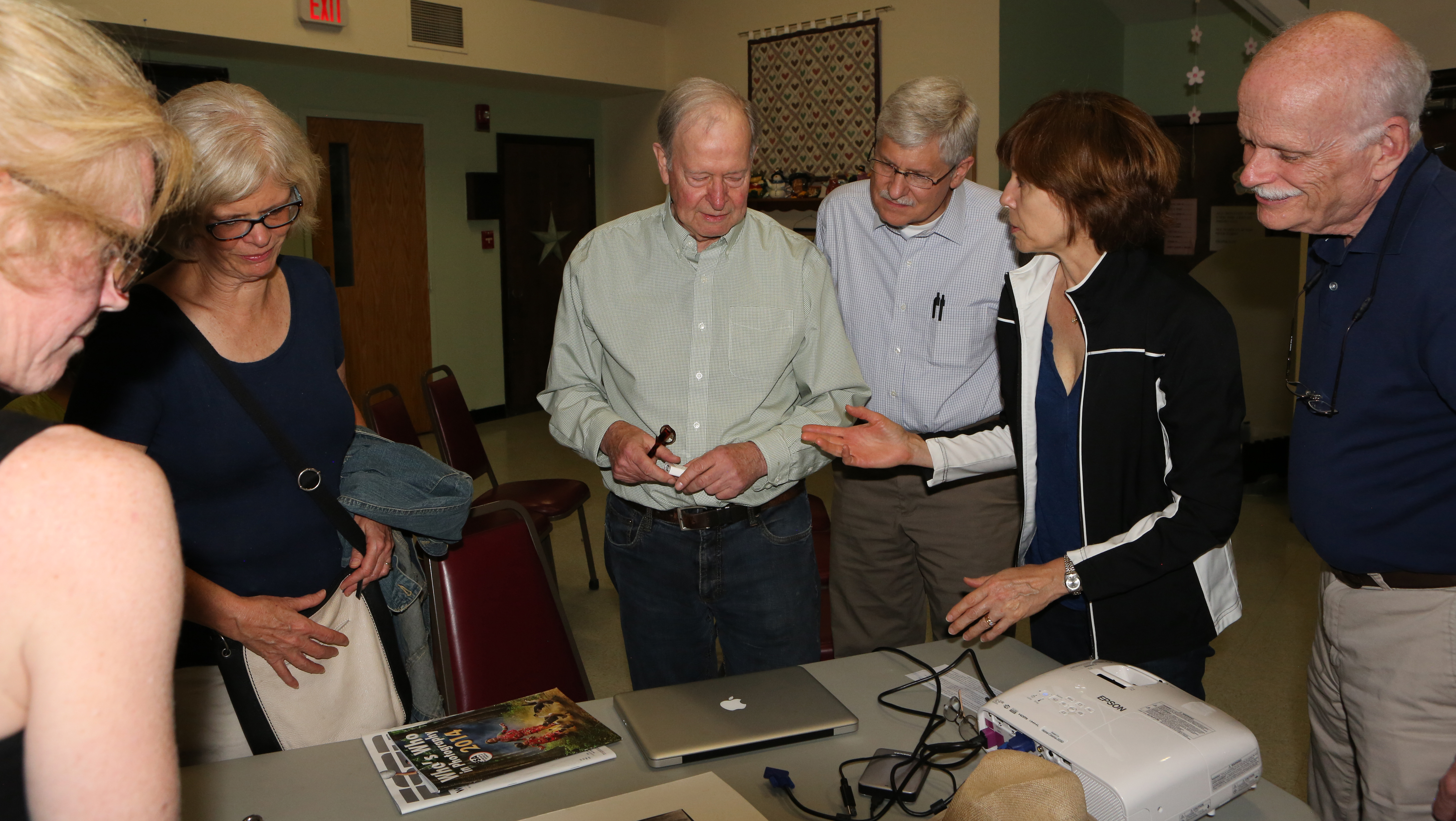Flagpole Photographers Camera Club member Don Brooks presented a program on photojournalism on May 12 at the Newtown Senior Center. He shared many of the lessons he has learned over the decades in both print media and in photography club competitions. He stressed that what makes a photo well suited for publication in either a newspaper or magazine though is often very different from what is required to score well in a photojournalism competition. However, the most important aspect in either case is for the image to “tell a story” by “freezing a moment in history” and this outweighs all other technical aspects of the photograph.

Brooks stated that the Photographic Society of America (PSA) has very specific rules regarding photography competitions in the category of photojournalism. Their rules state: “Photojournalism images shall consist of pictures or sequences with informative content and emotional impact, including human interest, documentary and spot news. The journalistic value of the photograph shall be considered over pictorial quality. In the interest of credibility, photographs which misrepresent the truth, such as manipulation to alter the subject matter, or situations which are set up for the purpose of photography, are unacceptable in Photojournalism.”
Brooks argued that while PSA forbids the set up or manipulation of subject matter for competition purposes, there can be set up and editing involved in a photo that qualifies for media publication. To back up his position, he showed examples in various types of publications where set up and editing clearly took place. One example included a compilation of various basketball players taken in a photo studio setting. While these photos were very staged, they still did not misrepresent the truth and still fell into the classification of photojournalism for publication purposes.
A quote that Brooks shared was by the famous photojournalist Bill Eppridge where he stated, “A journalist does not necessarily imply ‘artist,’ but you are not going to make your point if you cannot make a picture that people will stop and explore. The ‘artist,’ in one instant, must establish a sense of time, a sense of place, a moment of importance, a moment of aesthetic beauty all in the same frame, one moment in history. In terms of importance, the fewer of these present, the less significant the photograph. Anybody can take pictures, but not anybody can become a photographer.”
Following his photojournalism presentation, club members were also able to view examples of using photos for purposes other than competition. Photo books documenting family vacations and special events, calendars, and note cards were some of the items on display.
Brooks has a background in photojournalism that stretches back to when he was a boy taking photos for his father’s newspaper. He also worked on his college yearbook staff while getting his degree in photojournalism before entering the newspaper business after graduation. He has also served as a past president of the Flagpole Photographers Camera Club.










Photos by: Rhonda Cullens
